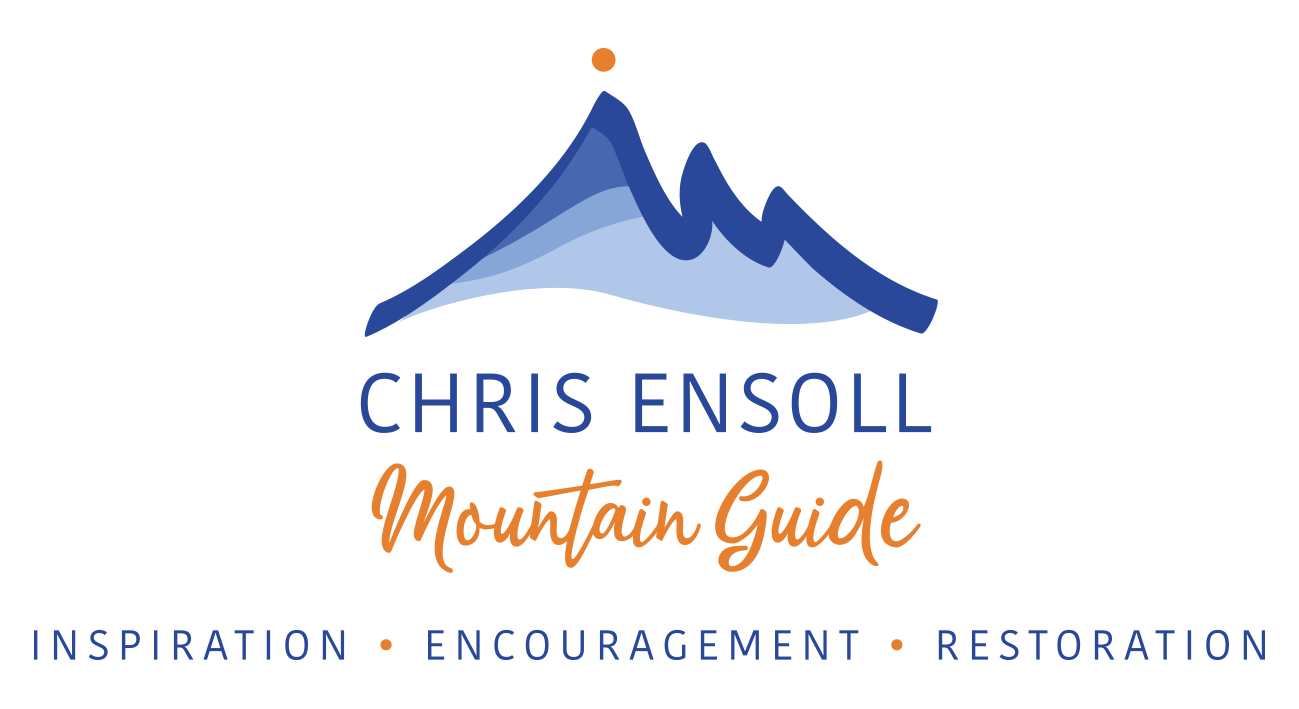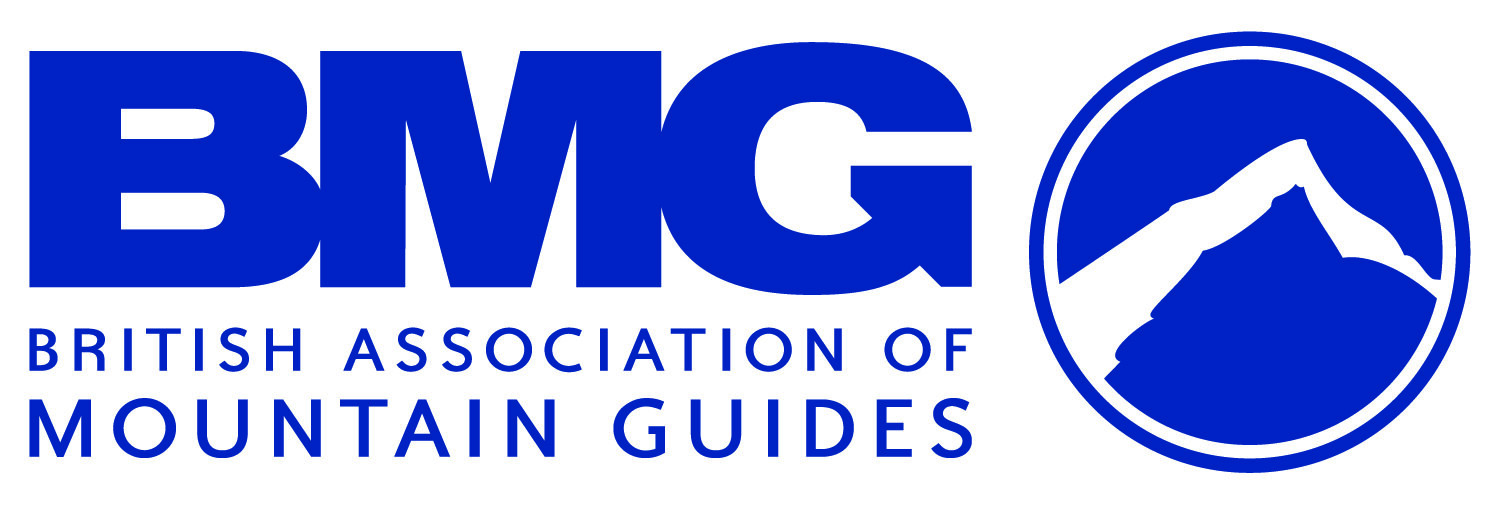Top Tips For Bouldering
/WRITTEN by CHRIS & ANNE ENSOLL
When I was a child I would climb anything: trees, bridges, garden walls, anything, partly because there weren’t any crags near to our home in Surrey and partly because I just loved the challenge, particularly when I was with friends, egging each other on to try harder. I have always loved all different forms of climbing, from bouldering to big mountains, ice climbing, mixed snow and rock, and ski mountaineering. Bouldering is a form of rock climbing on small rock formations or artificial walls without using ropes, harnesses or any of the usual climbing kit. Most bouldering problems (the sequence of moves that a climber performs to complete the climb) are within 6m of the ground.
Ben Roe at the Langdale boulders
Ever since I started rock climbing aged 12, I have always bouldered outdoors, at first just using an old beer towel as a mat, and now with a proper bouldering mat. I still love the physical and mental challenge of problem solving - what feels at first to be impossible with care and application becomes possible. At first there were no climbing walls, then some had small bouldering areas, now we have bespoke bouldering walls and indoor bouldering is becoming more and more popular, and rightly so. Route setters are becoming better at creating parkour-type challenges providing great entertainment.
A Quick History of Bouldering
When rock climbing became popular in the late 1800s, outdoor bouldering was originally a method of training for roped climbing and mountaineering. In the early 1900s Fontainebleau in France established itself as a major bouldering area. In the 1950s and 1960s American John Gill, who had previously been a gymnast, shifted the focus from reaching the top to navigating a set of holds. In the 1980s bouldering mats were developed, and indoor climbing walls began to open, and both of these proved to be important training tools. In the early 2000s, with the rise of YouTube and climbing blogs, bouldering became more visible and it became much easier to learn techniques, share information about venues, and tell people about new projects. In 2021 sport climbing will be included in the Olympic Games for the first time, and bouldering will be one of the three disciplines for the competitors.
Top Tips for Bouldering
Outdoor bouldering is a different style to indoor bouldering, almost a different element of the sport. Due to the lockdown restrictions indoor walls have been gathering dust and some brave souls have been making their first trips outdoors, so here are some things to consider.
Mark Thomas on Langdale boulders
Kit
Bouldering mat or crash pad
These come in all shapes, sizes and prices. Any mat is better than no mat, so buy what you can afford, as big as you can afford. Think about how you will transport it – if it won’t fit in the boot of your car it will take up the whole of the back seat.
Rock shoes
Buy the same size as your normal shoes. Try different shapes and brands as they will all fit very differently, but aim to get some the same shape as your feet.
Chalk and chalk bag
Chalk helps to absorb sweat on your hands and so improves your grip. It can also be used to mark foot holds. Leave problems as clean as you can – keep an old toothbrush or a soft brush with your bouldering kit. Never use a wire brush, as this may damage the rock.
Guide book
All the major bouldering areas are covered in guide books. There are two for the Lake District:
Rockfax Lakes Bouldering
Lakesbloc.com is a website dedicated to news and info about bouldering in the Lake District, and they have published the Lake District Bouldering guide
Langdale boulders with the Langdale Pikes behind
Grades
Bouldering problems are assigned grades in the same way that any other climbs are. Until fairly recently, everyone in the UK used the ‘V’ grading system which was invented in the USA. For example, the Rockfax Lakes Bouldering guide published in 2006 uses it. There has been a gradual switch over to the Fontainebleau system - the Lake District Bouldering guide published in 2019 uses the Font system. Grades generally reflect the difficulty that would be encountered by an average climber of average height, with average strength and ability for the grade. The grades will probably feel quite different to indoor grades so be conservative in your expectations.
Safety
Take a friend to spot you. Indoors the landings are really good and you can jump off fairly safely. Outdoors landings are often more hazardous. Take a bouldering mat and/or pick a venue with flat landing. Learning to fall well is an important part of outdoor bouldering, knowing when it’s OK to push the limits and when not to is really important.
Access & Environmental Impact
A lot of bouldering areas are in beautiful places. Aim to leave it better than you found it. Shut gates, pick up rubbish even if it’s not yours, and enjoy the peace and quiet. Many boulders are on private land and use is at the discretion of the landowner, so take care to comply with any signs. Access restrictions can be checked on the British Mountaineering Council’s regional access database.
So which is better, indoor or outdoor?
There are a lot of variables when bouldering outdoors: humidity, snow, rain, wind, sun, shade, mud, sheep poo, terrain, walk-ins. Indoor bouldering is much more predictable. It’s a bit like comparing apples and bananas - I like both and they are both good for you!
Bouldering at Harland Edge near Chatsworth, Derbyshire Photo credit: Richard Cole








